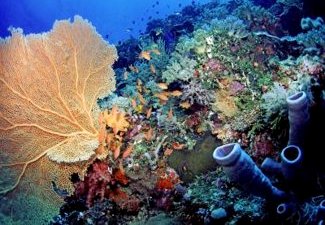The index used the minimum and maximum temperatures from 1860-2005 to define the bounds of historical climate variability at any given location. The scientists then took projections for the next 100 years to identify the year in which the future temperature at any given location on Earth will shift completely outside the limits of historical precedents, defining that year as the year of climate departure.

The data came from 39 Earth System Models developed independently by 21 climate centers in 12 different countries. The models have been effective at reproducing current climate conditions and varied in their projected departure times by no more than five years.
The study suggests that any progress to slow ongoing climate change will require a larger commitment from developed countries to reduce emissions, but also more extensive funding of social and conservation programs in developing countries to minimize climate change impacts. The longer we wait, the more difficult remediation will be.
“Scientists have repeatedly warned about climate change and its likely effects on biodiversity and people,” said Mora. “Our study shows that such changes are already upon us. These results should not be reason to give up. Rather, they should encourage us to reduce emissions and slow the rate of climate change. This can buy time for species, ecosystems, and ourselves to adapt to the coming changes.”
This paper is funded by a grant/cooperative agreement from the National Oceanic and Atmospheric Administration, Project R/IR-25PD, which is sponsored by the University of Hawaii Sea Grant College Program, SOEST, under Institutional Grant No. NA09OAR4170060 from NOAA Office of Sea Grant, Department of Commerce.
Check the following link to read/download the Full Study:
http://www.nature.com/nature/journal/v502/n7470/full/nature12540.html
Source: University of Hawaiʻi at Mānoa.

















